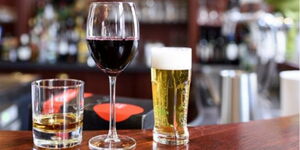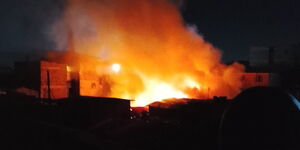Have you ever wondered about the purpose of the extra part of the tarmac on both sides of the highway?
Part of the paved roadside adjacent to the edge lane is known as a shoulder, a hard shoulder, a breakdown lane and sometimes a sleeve.
Shoulders have multiple uses and can be used for emergency purposes.
If there has been a severe road accident, ambulances can easily use the shoulders to bypass traffic jams.
These lanes are also designed to speed up public transport when roads are busy and to reduce the number of accidents too.
Generally, a shoulder is similar to a designated public transport lane that can not be used by regular drivers (permanently or on certain days and during some hours).
Interestingly, the design was invented in the mid-twentieth century to provide priority passage to public transport.
The idea was to increase the number of people that drove on the road per hour.
It certainly worked, and that’s why today, there are different types of shoulders that a driver can encounter.
1. Shoulders provide space for maintenance activities. If routine maintenance works can be conducted without closing a travel lane, safety and operations will improve.
2. Shoulders provide an area for drivers to manoeuvre to avoid crashes. This is particularly important on high-speed, high-volume highways or locations with limited stopping sight distance.
3. They also increase safety by providing a stable, clear recovery area for drivers who have left the travel lane.
If a driver inadvertently leaves the lane or is attempting to avoid a crash or an object in the lane ahead, a firm, stable shoulder greatly increases the chance of safe recovery.
However, areas with pavement edge drop-offs can be a significant safety risk.
4. Shoulders provide space for enforcement activities, especially for traffic officers.
This is particularly important for the outside (left) shoulder because law enforcement personnel prefer to conduct enforcement activities in this location.
5. They improve bicycle accommodation. For most highways, cyclists are legally allowed to ride on the travel lanes.
A paved or partially paved shoulder offers cyclists an alternative to ride with some separation from vehicular traffic. This type of shoulder can also reduce risky passing manoeuvres by drivers.
When determining highway capacity, adjustments are made to reflect the effect of shoulder width on free-flow speeds.












